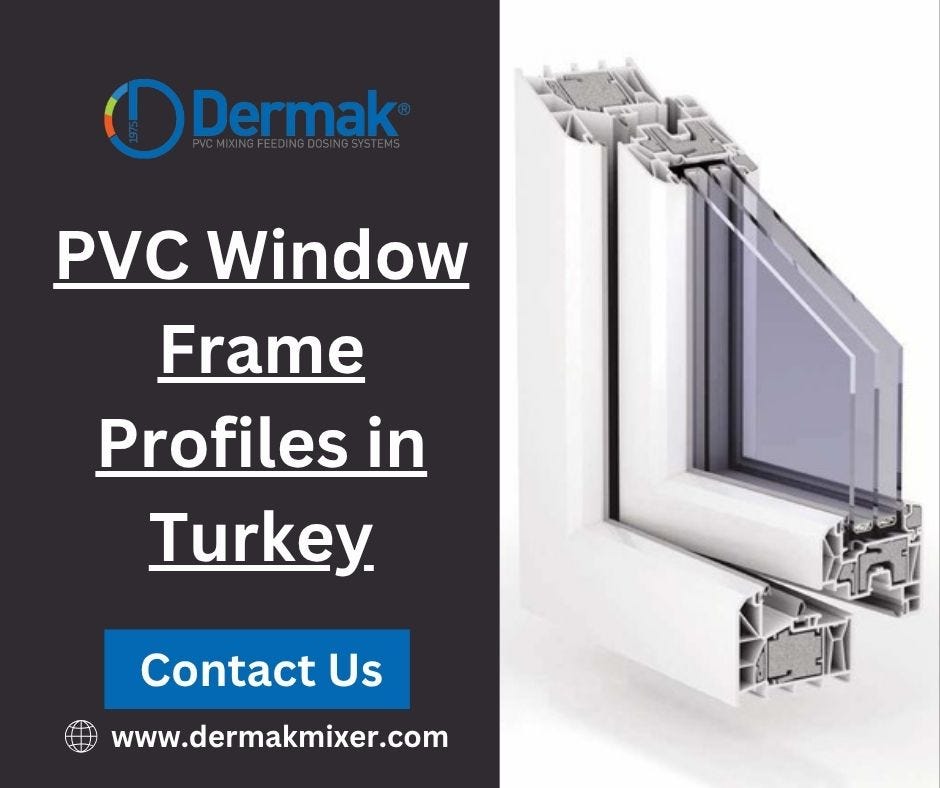Comparing PVC Window Profiles with Other Materials: What You Need to Know?

In the world of window installations, choosing the right material for window profiles is crucial for both aesthetics and functionality. This blog delves into the comparison of PVC (Polyvinyl Chloride) window profiles with other common materials such as wood, aluminum, and fiberglass. Understanding the strengths and weaknesses of each material will help homeowners and builders make informed decisions that align with their needs and preferences.
Overview of Window Profile Materials.
PVC Window Profiles
PVC window profiles are known for their durability, energy efficiency, and low maintenance requirements. They are resistant to rot, corrosion, and fading, making them an excellent choice for various climates. Additionally, PVC profiles can be manufactured in a variety of colors and finishes, allowing for customization to match any home design.
Wood Window Profiles
Wood has long been a traditional choice for window frames due to its natural beauty and insulation properties. However, wood requires regular maintenance, including painting or staining, to prevent deterioration from moisture and pests. While wood windows can provide a classic aesthetic, they may not be as energy-efficient as PVC options.
Aluminum Window Profiles
Aluminum window profiles are known for their strength and lightweight properties. They are resistant to rust and corrosion, making them suitable for coastal areas. However, aluminum conducts heat, which can lead to energy loss unless thermal breaks are incorporated. While aluminum frames can be sleek and modern, they may not offer the same level of insulation as PVC or wood.
Fiberglass Window Profiles
Fiberglass is a newer option in the window profile market, offering excellent durability and energy efficiency. It is resistant to warping, cracking, and fading, making it a low-maintenance choice. However, fiberglass windows tend to be more expensive than PVC and may not offer the same variety of colors and finishes.
Key Comparisons.
Energy Efficiency
When it comes to energy efficiency, PVC windows typically outperform wood and aluminum. PVC profiles have excellent insulation properties, helping to reduce heating and cooling costs. Fiberglass also offers good energy efficiency, but the initial investment may be higher.
Maintenance
PVC windows require minimal maintenance compared to wood, which needs regular upkeep to prevent damage. Aluminum frames are low-maintenance but may require periodic painting to prevent corrosion. Fiberglass is also low-maintenance but can be more expensive to repair if damaged.
Aesthetics
Wood windows provide a classic, timeless look that many homeowners love. PVC can mimic the appearance of wood but may not have the same warmth. Aluminum offers a modern aesthetic, while fiberglass can be customized but may not appeal to everyone’s taste.
Cost
PVC window profiles are generally more affordable than wood and fiberglass options. Aluminum can be competitive in price, but the overall cost will depend on the specific design and features. Homeowners should consider both the initial investment and long-term maintenance costs when making their decision.
Conclusion
Choosing the right window profile material is essential for achieving the desired balance of aesthetics, energy efficiency, and maintenance. PVC window profiles stand out as a versatile and cost-effective option, while wood, aluminum, and fiberglass each have their unique advantages and drawbacks. By understanding the differences between these materials, homeowners can make informed choices that enhance their living spaces for years to come.

Comments
Post a Comment